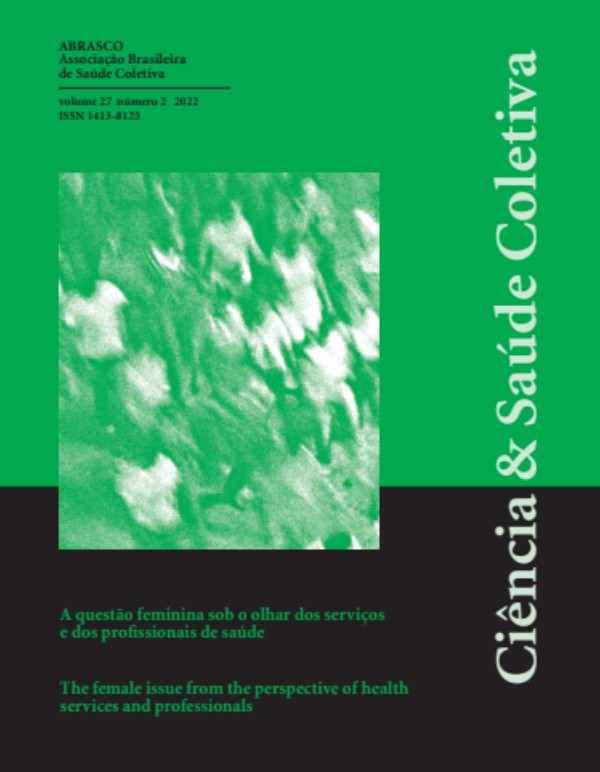0011/2021 - Social Inequalities and Complementary Feeding in Latin America and Caribbean
DESIGUALDADES SOCIAIS E ALIMENTAÇÃO COMPLEMENTAR NA AMÉRICA LATINA E CARIBE
Author:
• ALLYEVISON ULISSES ALVES CAVALCANTI - Cavalcanti, A. U. A. - <auacavalcanti@gmail.com>ORCID: https://orcid.org/0000-0001-7153-8578
Co-author(s):
• Cristiano Siqueira Boccolini - Boccolini, C.S. - <cristianoboccolini@gmail.com>ORCID: https://orcid.org/0000-0002-4804-5641
Abstract:
The objective of this study is to evaluate the role of social inequalities in complementaryfeeding patterns between countries and intra-countries in Latin America and Caribbean. This is an ecological study that employed aggregate datapopulation-based surveys. The analysis unit were all the 16 countries in Latin America and Caribbean with information available on DHS and MICS. The prevalence of standardized complementary feeding indicators by WHO and available in the UNICEF databases \" Introduction of solid, semi-solid or soft foods\" (ISSS), \" Minimum dietary diversity \" (MDD), \"Minimum meal frequency \"(MFF) and \"Minimum acceptable diet\" (MAD). The differences between the prevalence of indicators among the richest and poorest income quintiles were calculated in an absolute and relative terms. Comparing the four indicators of complementary feeding, the ISSS had the best performance, with 10 countries among the 11 evaluated, presenting prevalence above 80%. The indicator with the worst performance was the MAD, with only one country among the eight evaluated, with prevalence above 60%. In almost all countries, the poorest population had lower prevalences of complementary feeding indicators than the richest.











